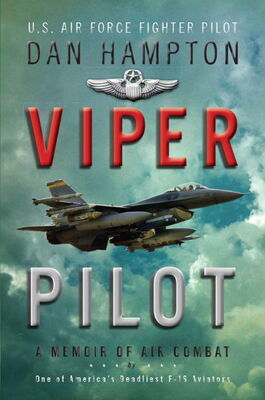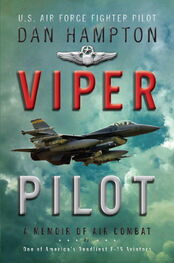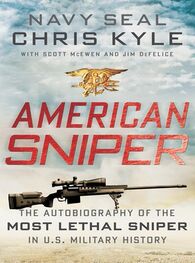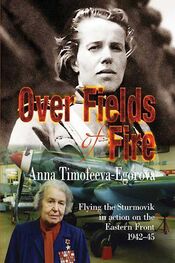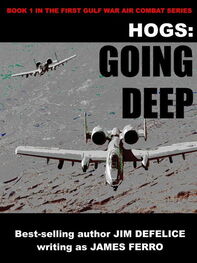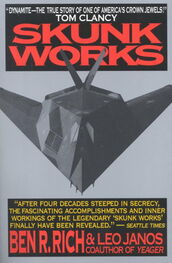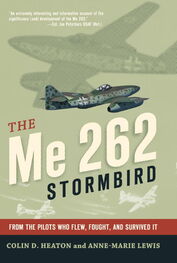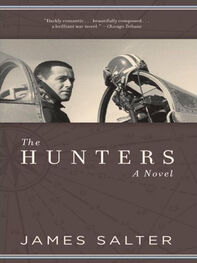But what else could I do but try, right? So I thrashed my way down to a stream that was moving too quickly to freeze, and then, using a trick picked up from some bad western movie, I walked backward in my own boot prints to a tree. Swinging around to the side, away from my prints, I managed to pull myself up into the branches.
Okay. Maybe not the best of plans but it was all I could come up with at the moment and was certainly better than trying to blindly sprint through four feet of thick snow. And it actually did work.
At least long enough for me to start feeling cocky again.
I watched them pass my tree and stop at the riverbank. I was feeling quite pleased with myself as Hans, Fritz, and Yuri (or whatever they called themselves) looked puzzled for a few moments. They actually poked around in the bramble, looking for my body, before one of them took a closer look at my prints. I think he would’ve figured it out but the dogs arrived at that moment and beat him to it. No one was amused, except me, and that didn’t go over so well.
Once captured, I was thrown into a mock POW camp with all the others. “Mock” in the sense that they couldn’t really beat us senseless, electrify our gonads, or kill us. After a strip search and lots of shouting and shoving, I was tossed into a “cell” the size of a wall locker. There was no way to sit down, so the best you could do was to brace yourself against one wall and sort of sag. You could nap for maybe seven or eight seconds like this. It wasn’t much fun but was obviously no comparison to the real thing. However, to a young officer who’d spent the last few years getting a college degree, a commission, pilot wings, and a jet fighter assignment, it was a bucket of cold water in the face. I began to develop the small and thoroughly disconcerting notion that I wasn’t nearly as important as I thought I was.
The psychological games they played weren’t much fun either. Music and noise played over and over. And over. And it was not a light classical medley with some falling-water sounds thrown in for relaxation.
There was the opening line from “You Say It’s Your Birthday,” along with a witch’s laugh and my personal favorite—a baby crying. Over and over. And over. I think that put me off having kids for a good fifteen years.
There were also mind games and other physical abuse, though I think it was called “stressing.” But after my four years as a cadet in the Texas A&M Corps, there wasn’t anything along those lines that was going to get under my skin. I listened to Pavarotti in my head until they lost interest.
Besides the POW camp experience, there was useful training in all kinds of survival situations, evasion techniques, codes, and assorted other things designed to improve your chances of living through such an ordeal. I figured your luck would already be pretty bad to get into that type of situation, so I paid attention. These were all lessons that some poor guys had learned the hard way in Vietnam.
Unfortunately, as with much of military training, we were fighting the last war. Or, in this case, a war with Russia that had never happened. Still, I reasoned later, if we were trained to fight the Soviets, the Arabs weren’t going to cause much of a problem.
Following that cheerful interlude, I went off to the primary F-16 Replacement Training Unit. This was located, thank God, in beautifully sunny Phoenix, Arizona. Oklahoma had left me culturally starved and Washington gave me frostbitten testicles, so Luke Air Force Base was nearly heaven. After packing everything into a blue Stingray (I obviously didn’t own much), I showed up at Luke’s main gate thawed out and, again, very full of myself. I got over that quickly.
At that time, the F-16 was only nine years old; the newest and hottest fighter in the U.S. inventory. Incidentally, only the uninitiated call it a “Fighting Falcon.” Everyone else calls it a “Viper,” because (a) it looks snakelike when viewed from the front, or (b) it resembles the fighter from the old Battlestar Galactica TV series. Or both—take your pick.
Fielded in 1979 as a lightweight, daytime jet, the Viper quickly showed itself to be much more capable than imagined. This was largely due to a computerized, modular concept that permitted easy expansion as technology and weapons advanced. A lethal dogfighter, the F-16 can only fly by using computers to offset its aerodynamic instability. This designed instability is like starting a fistfight with your first swing nearly complete. The Viper’s engine is tremendously powerful and, coupled with the jet’s small size, it produces greater thrust than the fighter’s weight. Because of this power, the F-16 can sustain nine-G flight, which means it could outmaneuver any threat in the world. The F-16 also uses electronic signals, instead of conventional cables, to move the flight controls. This fly-by-wire system compensates against the instability and helps the pilot physically fly under sustained Gs. As mentioned, this is always potentially deadly to the pilot, as the sheer force of high Gs drains blood from the head, can snap cartilage and tear muscle.
For the next eight months, I learned how to dogfight with another jet at 500 miles per hour. The pain of pulling eight to nine times the force of gravity became a daily event. I learned how to fight as a pair and as two pairs. We slowly qualified in employing each type of weapon the F-16 could carry. General Purpose bombs, air-to-ground missiles, air-to-air missiles, and the cannon.
Every conceivable emergency that could happen in an F-16 was taught, practiced in numerous simulators, and etched forever in the forefront of my mind. All the systems on the aircraft were painstakingly dissected in classroom lectures and presentations until we knew how each component of the jet functioned. A roughly $40M jet fighter traveling at 500 miles per hour with a live human inside was a valuable commodity. We were instrument rated for bad-weather flying anywhere in the world, and we also became qualified to refuel in the air.
We were taught the basics of our various threats. We learned the strengths and weaknesses of enemy jet-fighters, anti-aircraft systems, and surface-to-air missiles. Our own onboard countermeasures and self-protection systems were thoroughly absorbed, as they’d likely save our lives one day. This would be done again, in much greater detail, when we eventually arrived at our combat squadron. It was a process that would be continually revised, updated, and repeated throughout a fighter pilot’s career.
At Luke, we experienced the fundamental realization that we, the pilots, were the weapons. The success or failure of fighter operations lay with the pilot. This was one of the many things that made a fighter pilot different from other types of military aviators. The jet was the horse to get us to the fight, but the fighting was up to us.
During the latter phase of RTU, we were given follow-on assignments to our operational fighter wings. This process was loosely based on what we requested, but mostly determined by where we were needed. However, unlike UPT, we’d already proven ourselves and had our wings, so some consideration was given to our wishes. My family came, as always, to my graduation. My grandmother even showed up, and when I took her out to see my jet, she astonished me by asking how long the pitot tube was. It wasn’t until years later, after her funeral, that I found a little piece of paper, covered in her tiny, neat writing, with facts about the F-16. This was a woman who had trouble getting a passport because she’d been born in the Indian Territory before it became part of a state.
I began UPT in a class of forty-one student pilots. Twenty-two graduated, and of those, three of us were selected for fighters. My RTU class started with thirteen pilots, and we graduated eleven. About half of these guys were married, and they generally wanted to stay at one of the bases in the United States. This was before the First Gulf War and the sweeping changes that would transform the military; at that time, there were no long-term deployments to nasty places. Squadron life was fairly predictable and consisted mainly of training and social events. I was single and had no ties to anyone in the States except my immediate family. I wanted to go overseas and see the world.
Читать дальше